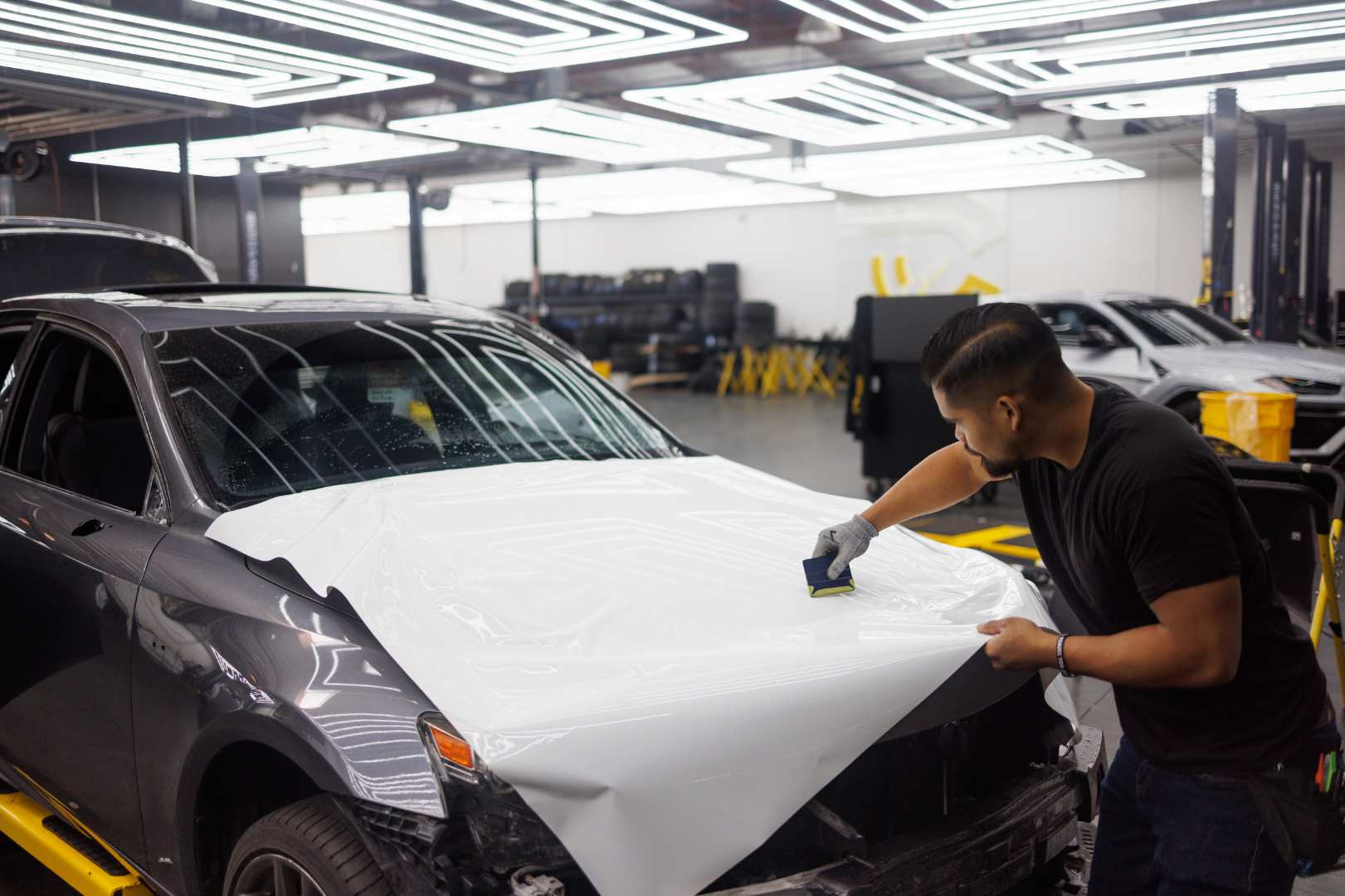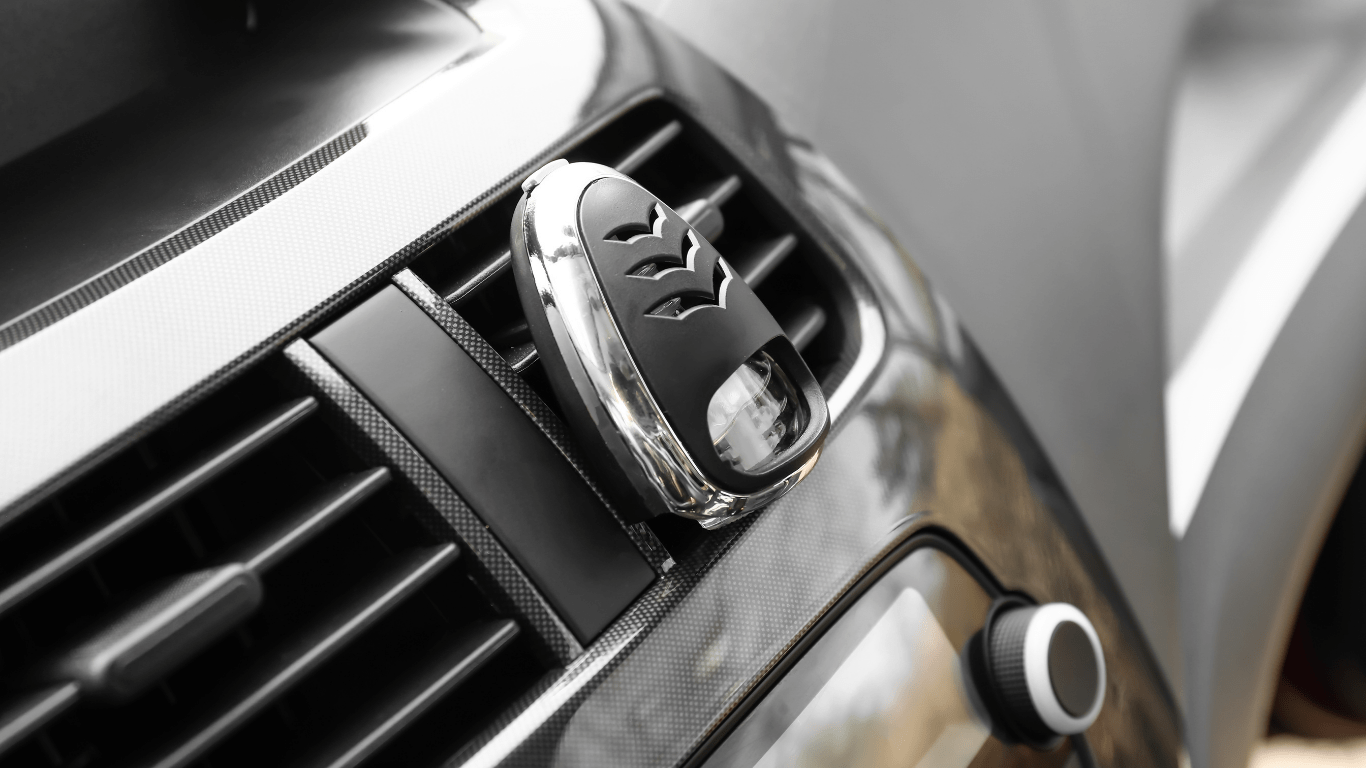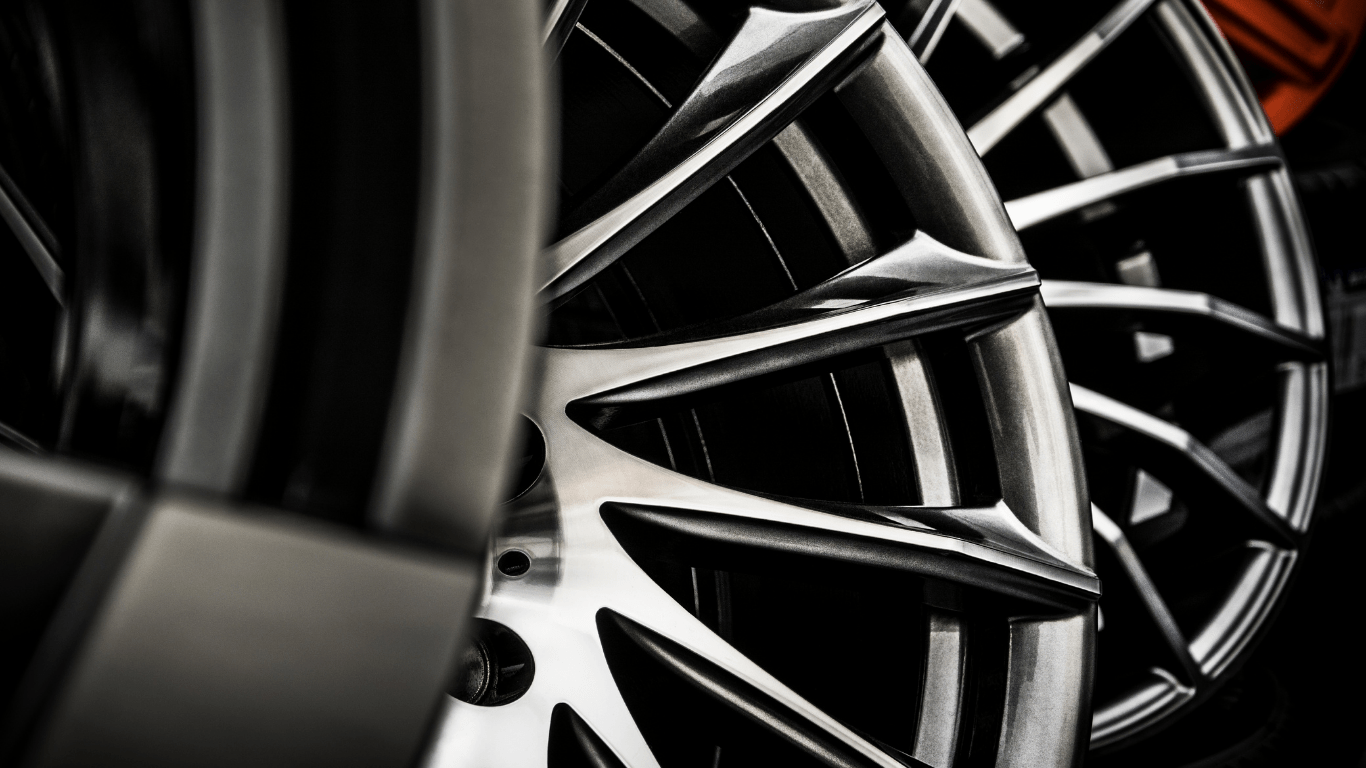If you’re a car enthusiast, you know that modifying your car for maximum performance is an exciting and rewarding process. Whether you’re looking to improve your car’s handling, speed, or acceleration, there are a variety of modifications you can make to achieve your desired results. With the right knowledge and tools, you can turn your car into a high-performance machine that turns heads on the road.
Before you start modifying your car, it’s important to have a clear understanding of what you want to achieve. Do you want to improve your car’s acceleration, speed, or handling? Or are you looking for a combination of all three? Once you have a clear goal in mind, you can start researching the best modifications to achieve your desired results. From upgrading your engine and exhaust system to installing high-performance tires and brakes, there are endless possibilities when it comes to modifying your car for high-performance.
Of course, modifying your car for high-performance can be a complex and challenging process, especially if you’re new to the world of car modifications. That’s why it’s important to do your research, consult with experts, and take your time when making modifications to your car. With the right approach and a bit of patience, you can achieve your desired results and turn your car into a high-performance machine that you can be proud of.
Table of contents
Maximizing Power
If you want to maximize the power of your car, upgrading the engine components is the way to go. By improving the engine’s ability to breathe, ignite fuel, and expel exhaust, you can increase horsepower and torque, resulting in a more powerful driving experience. Here are some ways to upgrade your engine components:
Upgrading the Engine Components
The first step to maximizing power is to upgrade the air intake system. A cold air intake can improve airflow to the engine, allowing it to breathe easier and produce more power. Additionally, upgrading the exhaust system can help the engine expel exhaust gases more efficiently, freeing up horsepower and torque.
If you’re looking for even more power, forced induction is an option. A supercharger or turbocharger can force more air into the engine, resulting in a significant increase in horsepower and torque. However, it’s important to note that forced induction requires additional hardware and tuning to function correctly.
Another option for increasing power is nitrous oxide. By injecting nitrous oxide into the engine, you can significantly increase horsepower and torque. However, nitrous oxide can be dangerous if not used properly and requires additional hardware and tuning.
Finally, upgrading the camshaft, timing belt, and valves can also increase power. A performance camshaft can help the engine breathe better, while a high-performance timing belt can ensure that the engine’s valves open and close at the right time. Upgrading the valves can also help the engine breathe better, resulting in more power.
Overall, upgrading your engine components is a great way to maximize power. Whether you choose to upgrade the air intake and exhaust system, go for forced induction or nitrous, or upgrade the camshaft, timing belt, and valves, you’ll be sure to feel the difference in power and performance.
Improving Fuel Efficiency
When it comes to modifying your car for maximum performance, one important factor to consider is fuel efficiency. Not only does improving your car’s fuel efficiency save you money, but it also helps reduce your carbon footprint. Here are some ways to upgrade your car’s fuel system:
Upgrading the Fuel System
The fuel system is responsible for delivering fuel to the engine, and upgrading it can significantly improve your car’s fuel efficiency. One option is to install a high-performance fuel pump, which can increase fuel pressure and flow rate. Another option is to upgrade the fuel injectors, which can provide a more precise and efficient fuel delivery. A fuel pressure regulator can also help regulate fuel pressure and prevent fuel waste.
Another way to improve fuel efficiency is to upgrade the fuel filter. A clean fuel filter can help prevent contaminants from entering the engine and improve fuel economy. It’s recommended to replace the fuel filter every 10,000 to 15,000 miles, or as recommended by the manufacturer.
Finally, upgrading the fuel lines can also help improve fuel efficiency. Stainless steel or braided fuel lines can provide a smoother flow of fuel, which can reduce fuel pressure drop and improve fuel economy.
Enhancing Handling and Performance
If you want your car to perform at its best, you need to focus on more than just horsepower. Upgrading your suspension and brakes can significantly improve your car’s handling and performance. Here are some tips on how to enhance your car’s handling and performance:
Upgrading the Suspension
The suspension is a critical component of your car’s handling. Upgrading your shocks and springs can make a big difference in how your car handles. Performance shocks and springs are designed to improve your car’s handling and reduce body roll. They also provide a stiffer ride and better feedback to the driver.
Another option is to upgrade your suspension components. This can include sway bars, control arms, and strut braces. These components will help to reduce body roll and improve your car’s handling.
It’s important to note that upgrading your suspension can also affect your car’s ride quality. Performance suspension components are stiffer than stock components, which can make your ride feel rougher. If you’re looking for a more comfortable ride, you may want to consider upgrading to a high-performance suspension kit that is specifically designed to balance performance and comfort.
Upgrading the Brakes
The brakes are another critical component of your car’s performance. Upgrading your brakes can improve your car’s stopping power and reduce brake fade. Performance brake pads and rotors are designed to provide better stopping power and reduce brake fade under heavy use.
You may also want to consider upgrading to a big brake kit. These kits include larger calipers, rotors, and brake pads that are designed to provide even more stopping power.
It’s important to note that upgrading your brakes can also affect your car’s balance. Upgrading to larger brakes can add weight to your car’s front end, which can affect your car’s handling. If you’re considering upgrading your brakes, it’s important to choose a kit that is specifically designed for your car and driving style.
Upgrading to Performance Tires
Upgrading to performance tires can also significantly improve your car’s handling and performance. Performance tires are designed to provide better grip and handling than standard tires. They are made with softer rubber compounds and have wider contact patches, which provide better traction and handling.
It’s important to choose the right performance tires for your car and driving style. There are many different types of performance tires, including summer tires, all-season tires, and track tires. Summer tires are designed for warm weather and provide the best grip on dry roads. All-season tires are designed to provide good grip in a variety of weather conditions. Track tires are designed for racing and provide the best grip on smooth surfaces.
Optimizing the ECU
If you want to get the most out of your car’s engine, optimizing the ECU is a great place to start. The ECU, or engine control unit, is like the brain of your car’s engine. It controls everything from the fuel injection to the ignition timing, and optimizing it can lead to significant gains in performance.
Flashing the ECU
One way to optimize your car’s ECU is to flash it. This involves reprogramming the ECU with new software that is optimized for performance. There are several ways to flash your ECU, including using a handheld tuner or taking your car to a professional tuner.
If you’re comfortable working with technology, you can flash your ECU yourself using a handheld tuner. These devices allow you to download new software onto your ECU and make adjustments to the settings. However, it’s important to note that flashing your ECU can be risky if you don’t know what you’re doing. You could potentially damage your engine if you make the wrong adjustments.
Alternatively, you can take your car to a professional tuner to have your ECU flashed. This is a safer option, as the tuner will have experience working with your specific make and model of car. They can also make more advanced adjustments to the ECU that may not be possible with a handheld tuner.
When flashing your ECU, it’s important to choose a software package that is optimized for performance. Look for software that is designed specifically for your make and model of car, as this will ensure that the settings are optimized for your engine. You should also look for software that has been tested and proven to work well, as this will minimize the risk of damaging your engine.
Overall, flashing your ECU is a great way to optimize your car’s performance. Whether you do it yourself or take your car to a professional tuner, optimizing your ECU can lead to significant gains in horsepower and torque. Just be sure to choose the right software and make adjustments carefully to avoid damaging your engine.
Routine Maintenance
To keep your car running at its best, routine maintenance is essential. This includes regular oil changes, filter replacements, and other basic upkeep tasks. Oil changes are particularly important, as they help keep your engine running smoothly and prevent damage.
The frequency of oil changes depends on the make and model of your car, as well as the type of oil you use. Check your owner’s manual for specific recommendations, but in general, it’s a good idea to change your oil every 5,000 to 7,500 miles. If you frequently drive in stop-and-go traffic or in dusty or dirty conditions, you may need to change your oil more often.
In addition to oil changes, other routine maintenance tasks include checking and replacing fluids like transmission fluid, brake fluid, and coolant. You should also regularly inspect your car’s brakes, tires, and suspension system to ensure they are in good working order.
Keeping up with routine maintenance not only helps your car run better, but it can also prevent more costly repairs down the line. Regular check-ups can catch small problems before they turn into big ones, saving you time and money in the long run.
Conclusion 💭
By following the steps outlined in this article, you can significantly improve the performance of your car. Whether you are looking to maximize acceleration, top speed, or handling, there are modifications you can make to achieve your goals.
Remember to always prioritize safety when modifying your car. Consult with professionals and do thorough research before making any changes. Additionally, keep in mind that some modifications may void your vehicle’s warranty or violate local laws.
When modifying your car, it’s important to have a clear idea of what you want to achieve. Consider creating a list of specific performance goals and prioritize them based on your driving style and needs. This will help you stay focused and avoid unnecessary modifications that may not have a significant impact on your car’s performance.
Finally, don’t forget to document your progress and share your experience with others. Creating a video or blog post about your car modification journey can be a great way to connect with other car enthusiasts and learn from their experiences.
With the right modifications and a little bit of patience, you can transform your car into a high-performance machine that delivers the driving experience you’ve always dreamed of.





Leave a Reply